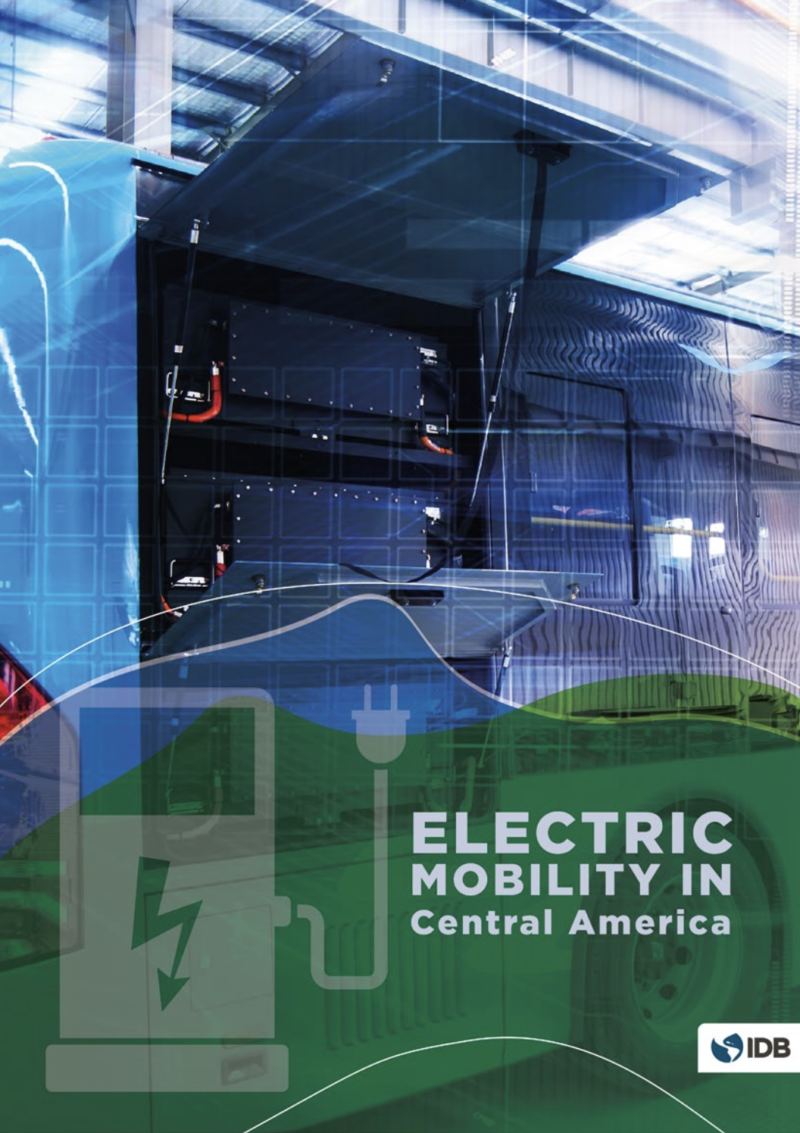
Latin America Clean Transport Forum
The electrification of the transportation sector is crucial to reducing carbon emissions and tackling global climate change.
Electric vehicles (EVs) play an essential role in mitigating transport sector emissions, reducing air pollution, slashing reliance on oil imports, and improving urban mobility. The six nations of Central America covered in this publication—Guatemala, Honduras, El Salvador, Nicaragua, Costa Rica, and Panama—are all at differing stages of developing EV markets, according to a report authored by Lisa Viscidi, non-resident senior fellow with the Energy, Climate Change & Extractive Industries Program (written during her tenure as director of the program) and published by the Inter-American Development Bank.
This publication assesses the energy, transport, and climate change context, describes the status of EV uptake and charging infrastructure, and analyzes the policy and regulatory frameworks for electric mobility in each country. The publication also identifies the challenges for electric mobility in Central America and offers policy recommendations for the region to advance electric mobility in both private and public transport.
The electrification of the transportation sector is crucial to reducing carbon emissions and tackling global climate change.
Electric vehicles are a critical part of a clean transport agenda, but strong policy incentives are needed to promote widespread EV adoption in Latin America.
Though the COP21 negotiations promise to be complex, they also present an opportunity for the region to address existing vulnerabilities.
 IDB
IDB

